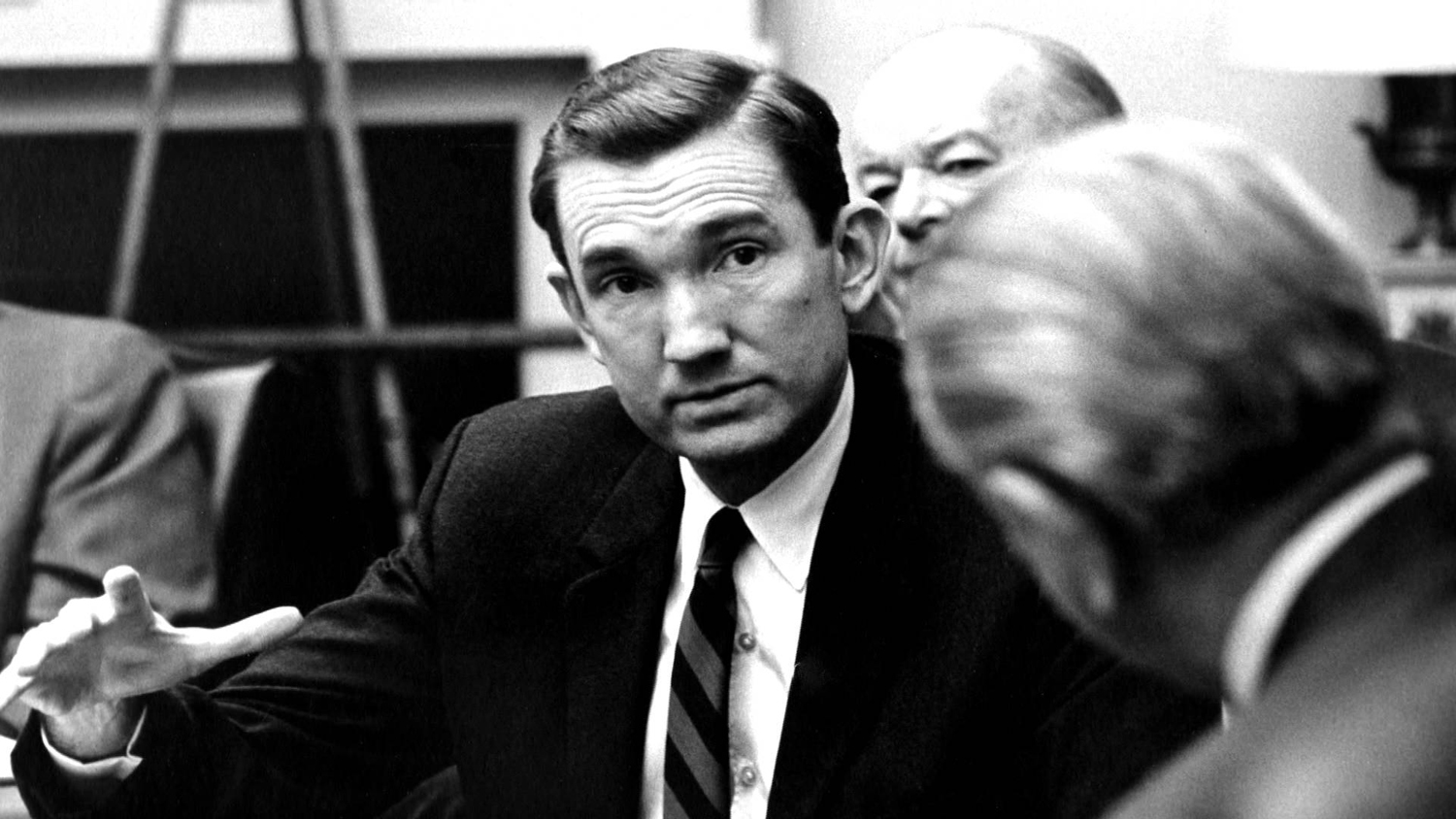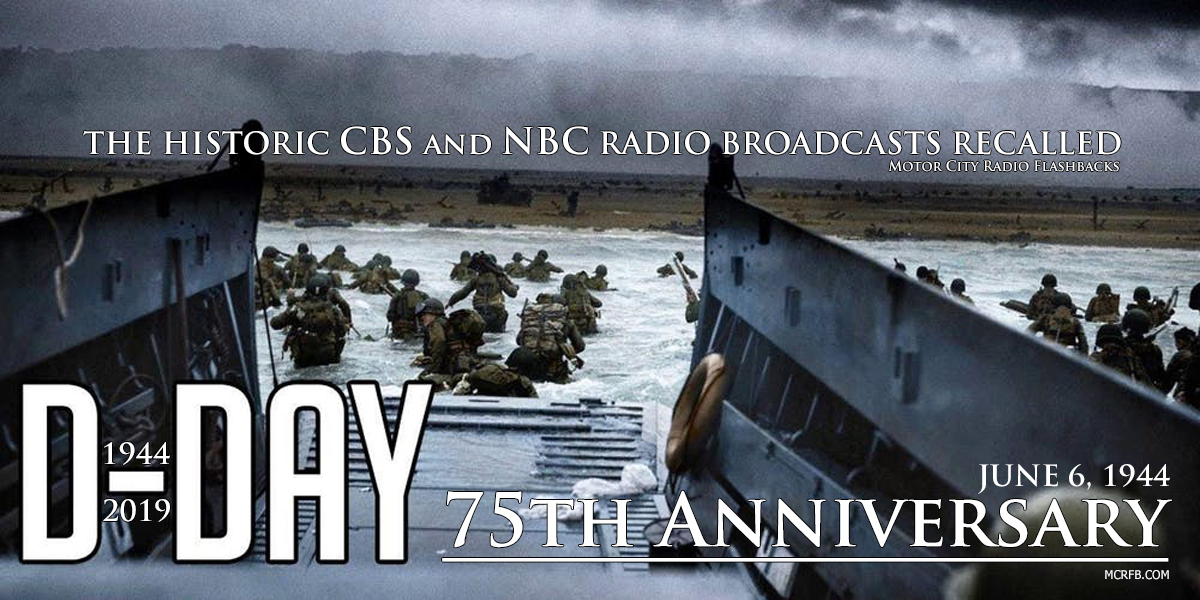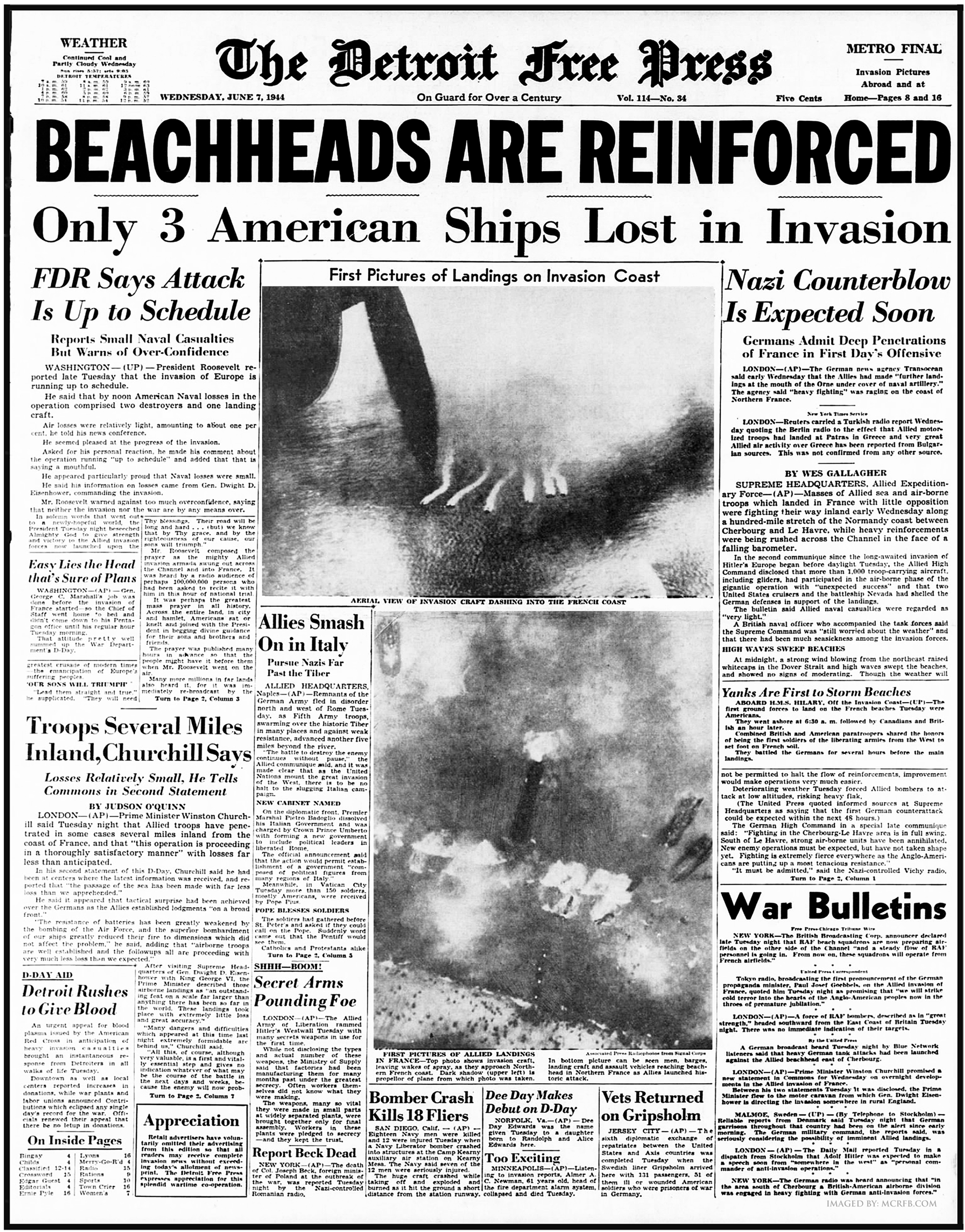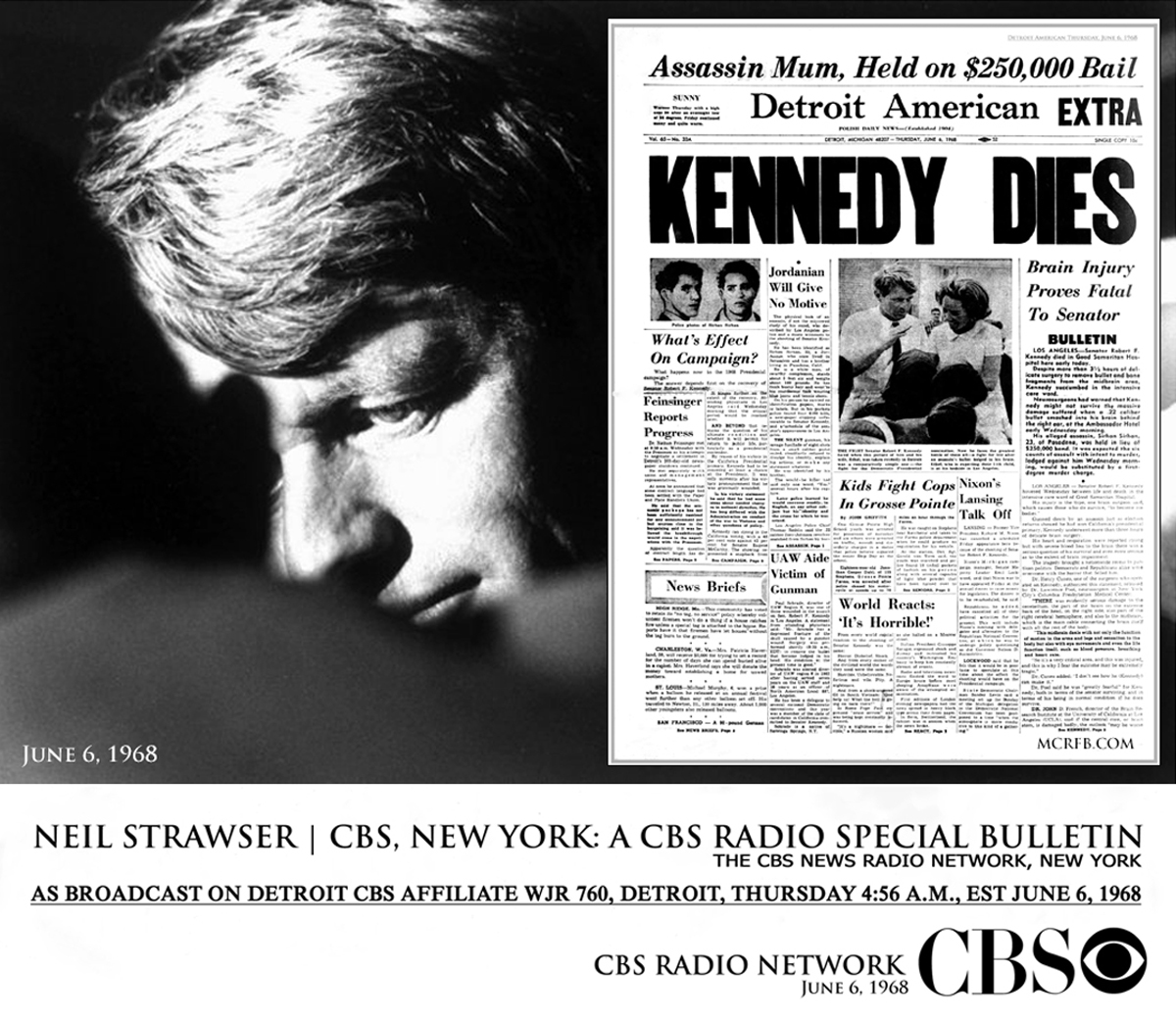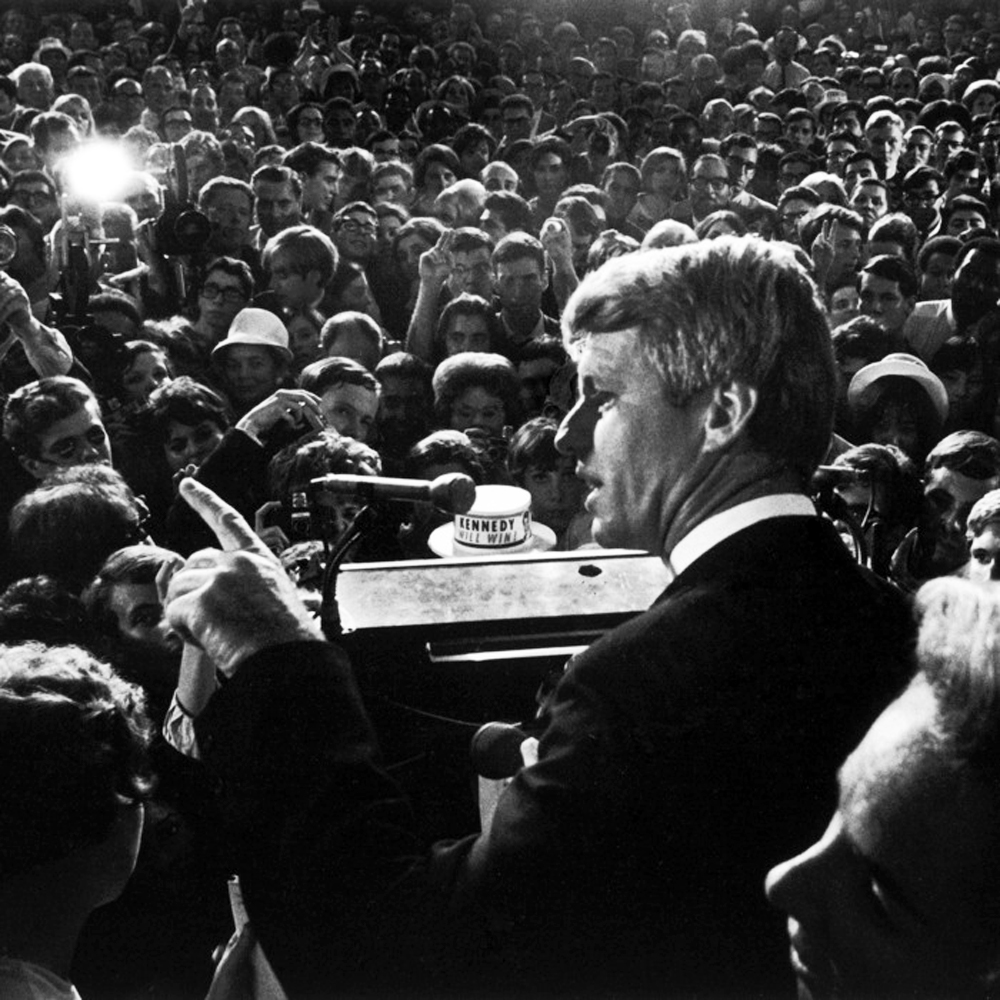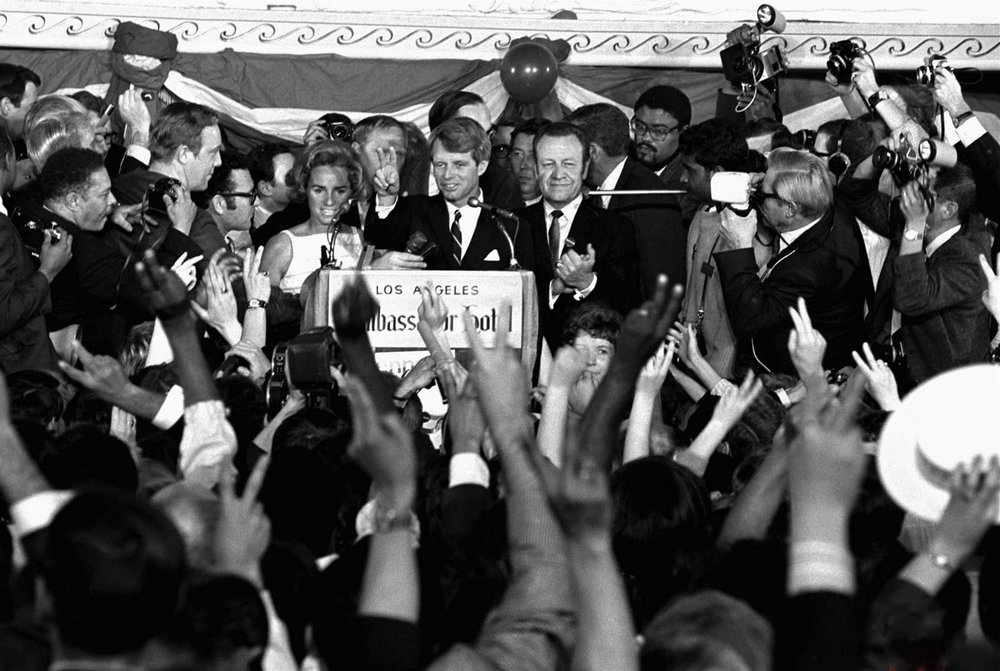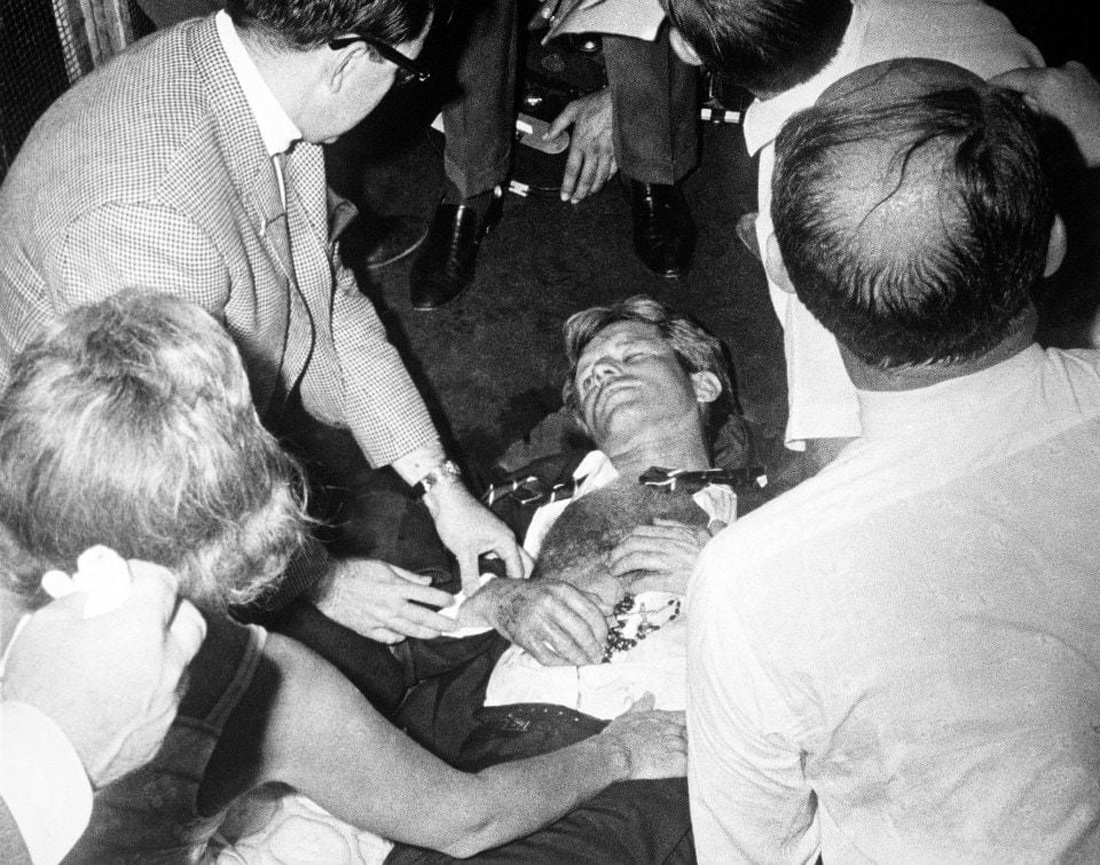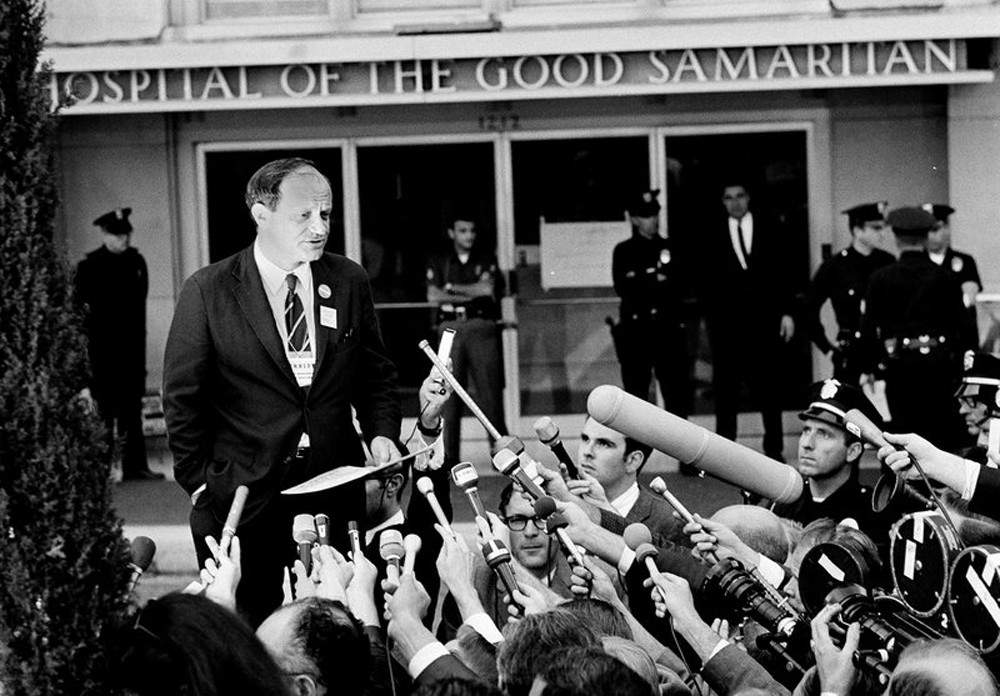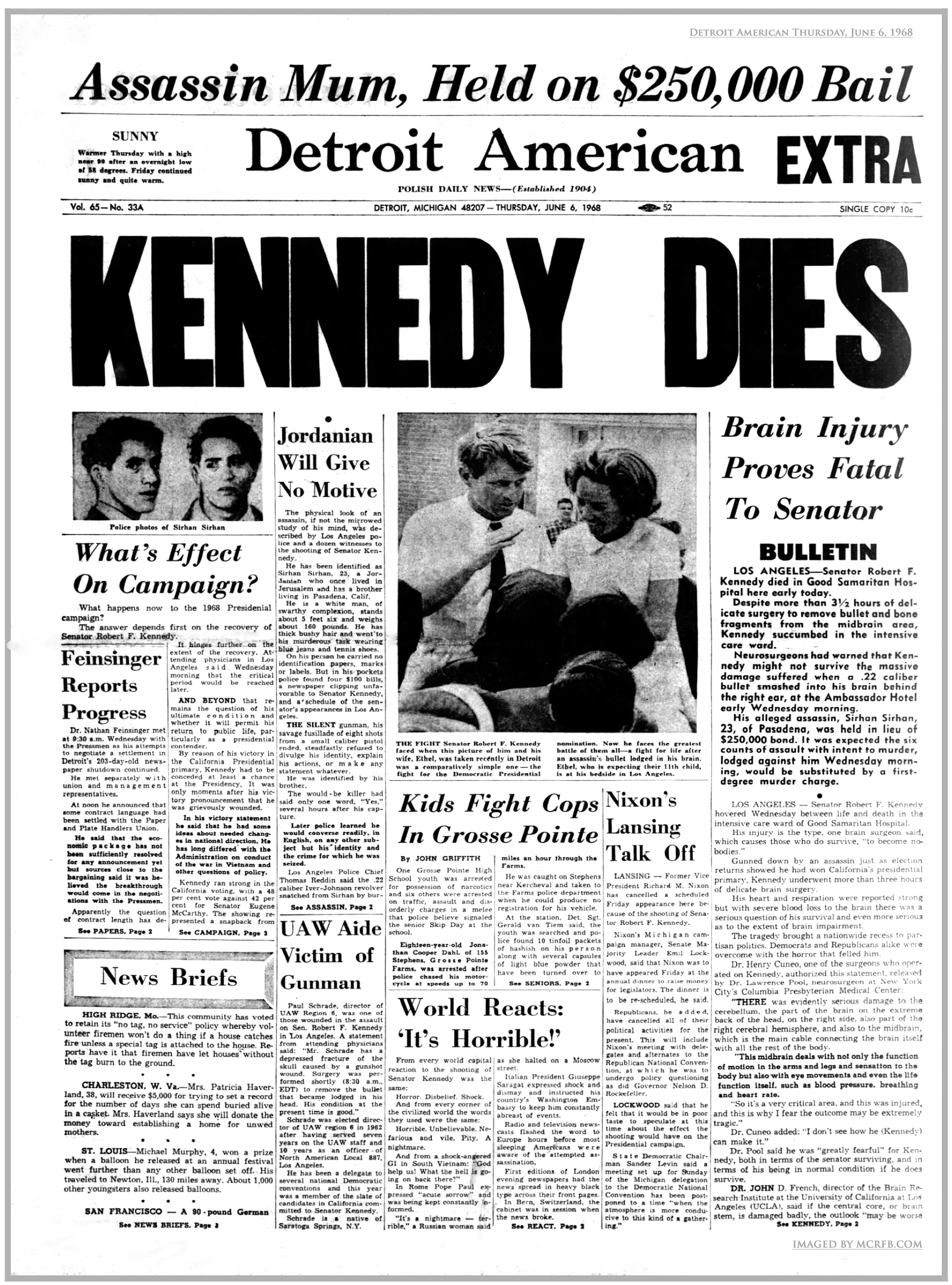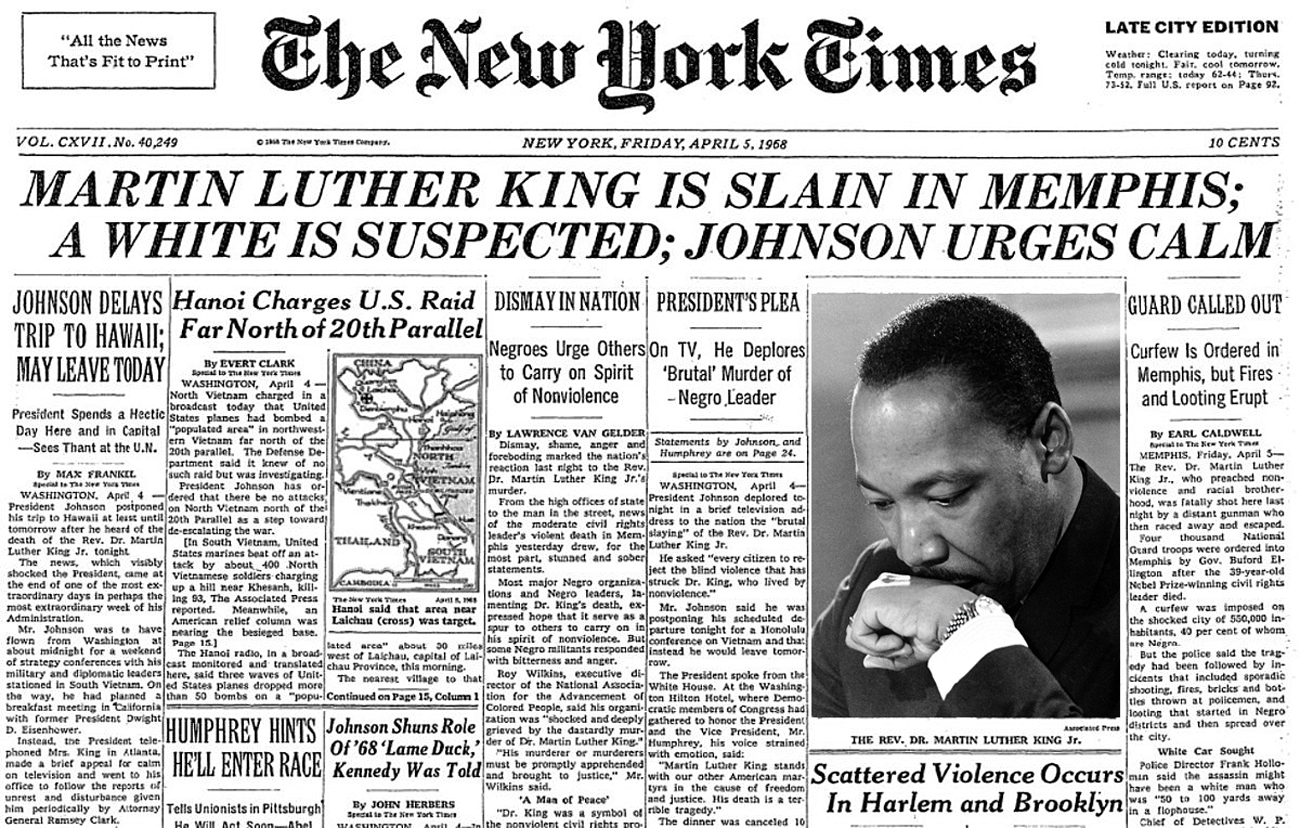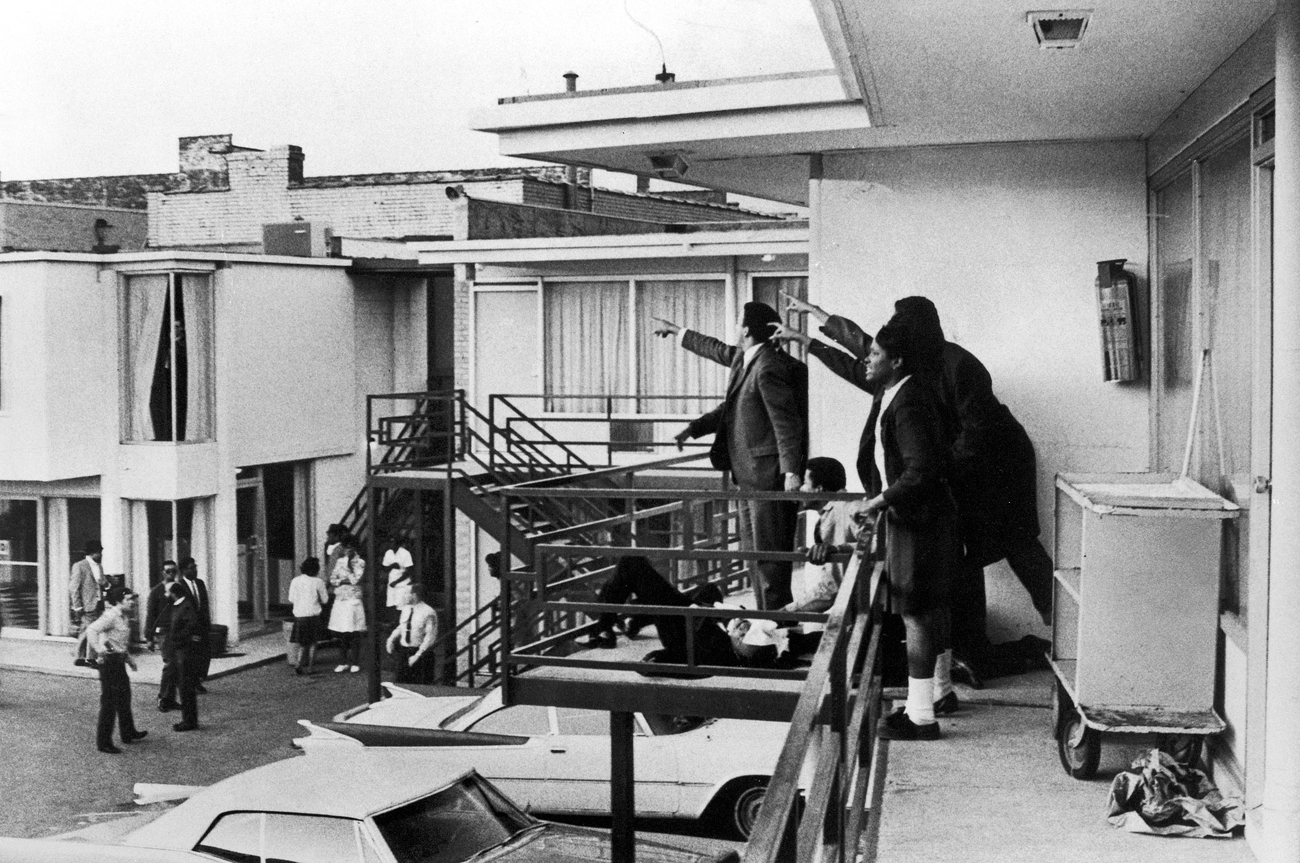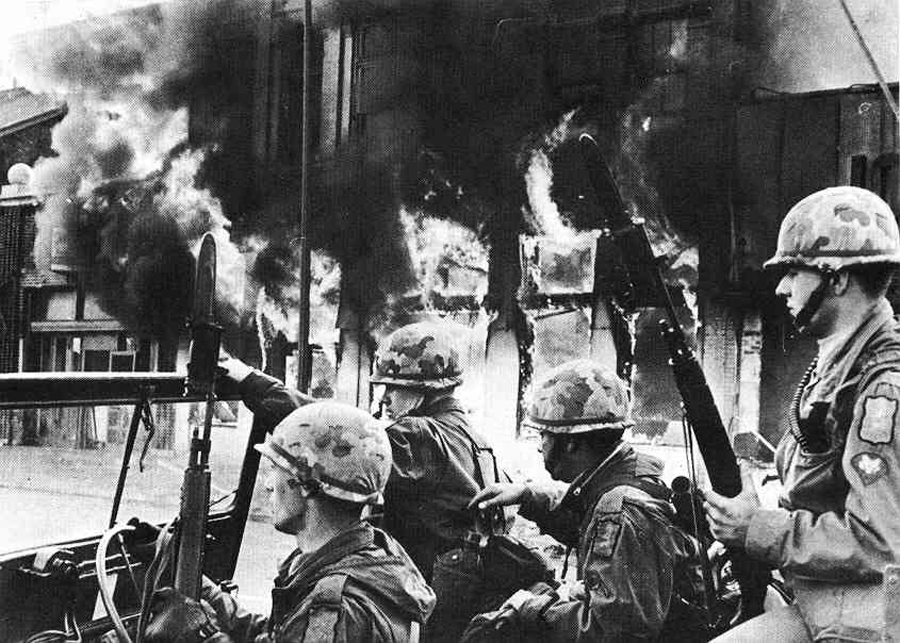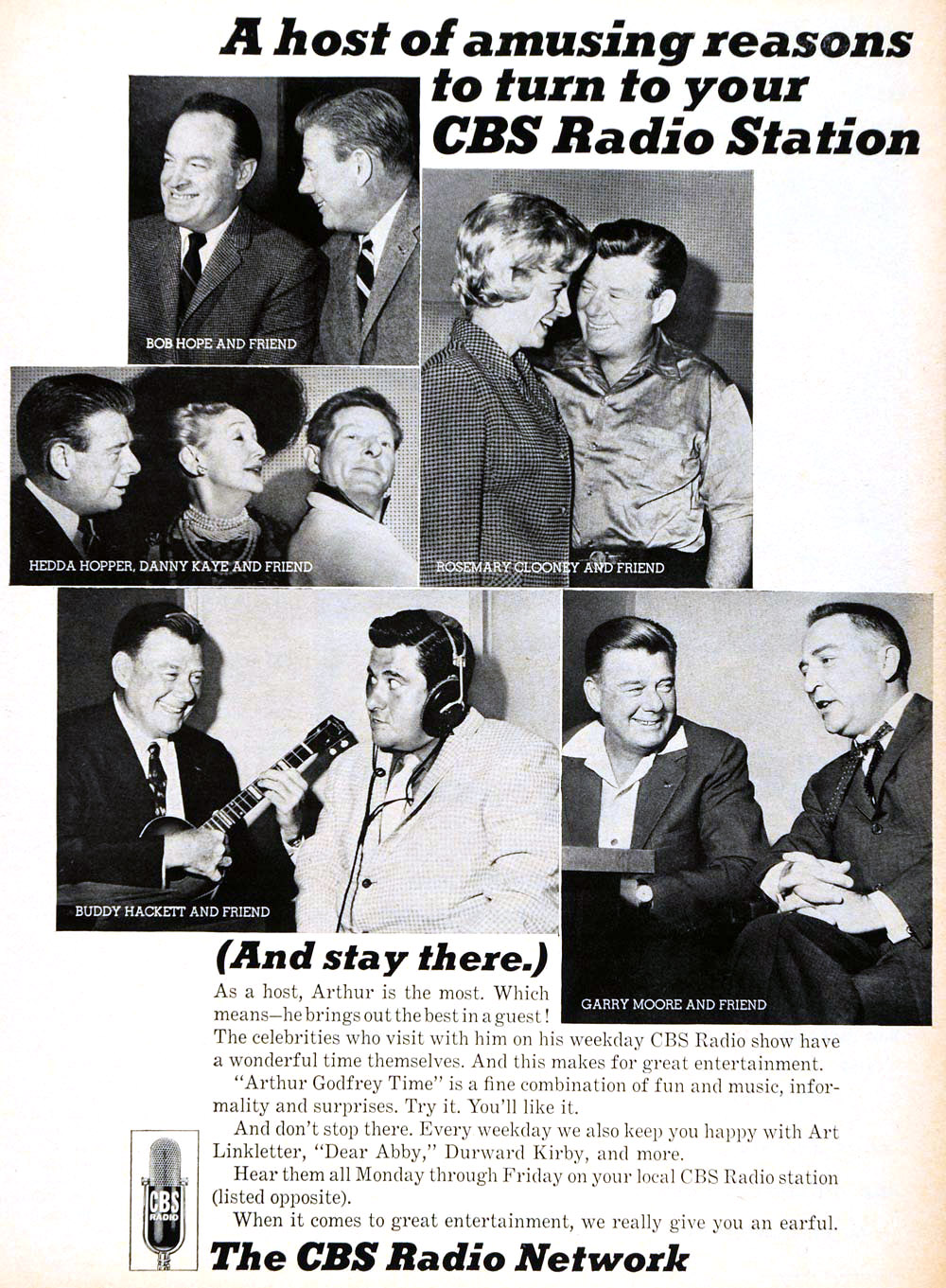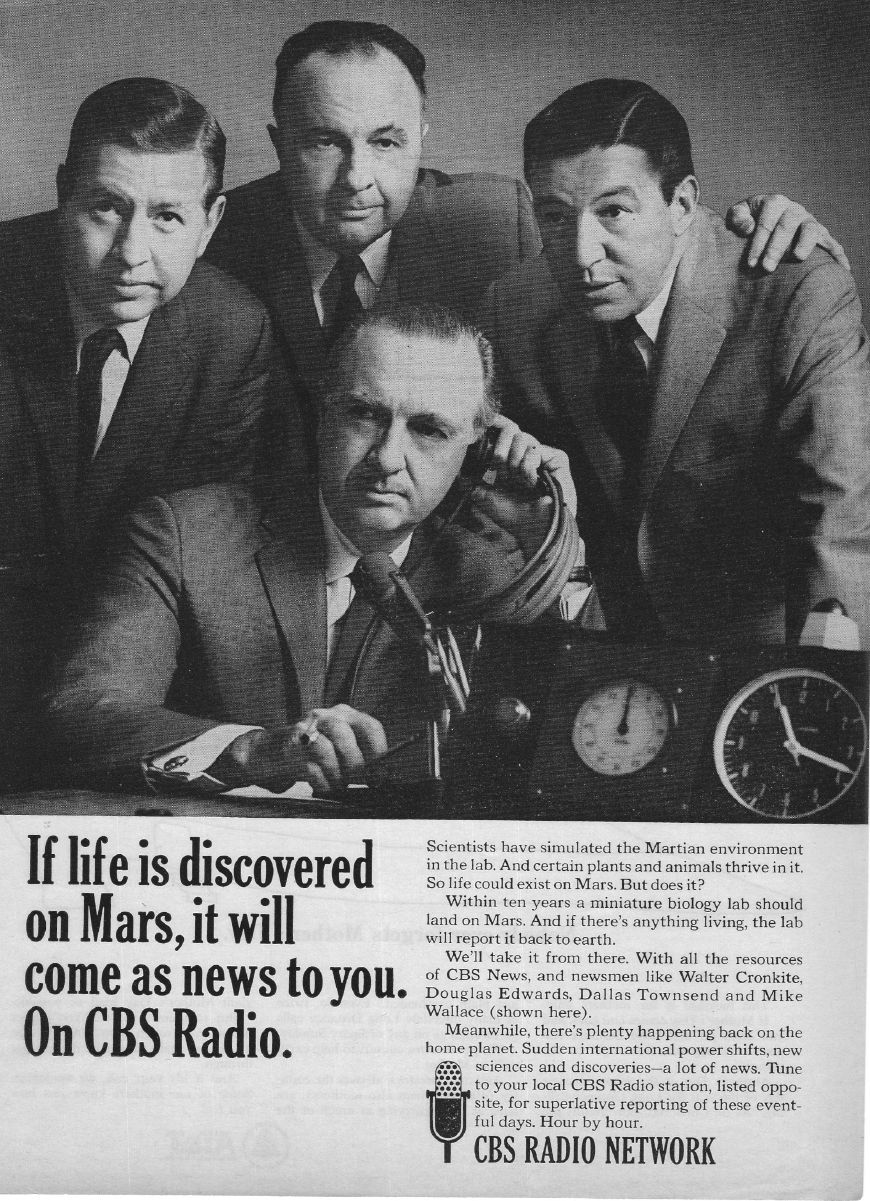CBS RADIO: ‘RAMSEY CLARK ON THE WARREN COMMISSION’
(As aired on CBS affiliate WJR 760, Detroit, Sunday, March 12, 1967)
— FACE THE NATION —
RAMSEY CLARK
THE CBS RADIO NETWORK | MARCH 12, 1967
In 1961 Ramsey Clark was appointed as the Assistant Attorney General of the Lands Division. After the assassination of JFK he worked in a liaison capacity serving the Warren Commission. In 1965 Lyndon B. Johnson appointed him as his Deputy Attorney General.
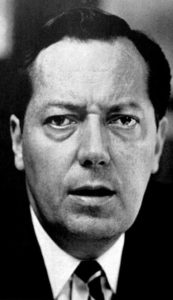
In 1967, President Johnson nominated him to be Attorney General of the United States, he was confirmed by congress and took the oath of office on 2nd March. Later that day District Attorney Jim Garrison announced the arrest of businessman Clay Shaw on charges of conspiring to assassinate President Kennedy. The new Attorney General stated that the FBI had already investigated and cleared Shaw “in November and December of 1963” of “any part in the assassination”. Within a few days of this statement Clark had to admit that he had published inaccurate information and that no investigation of Shaw had taken place.
In an interview on Face the Nation on 12th March, 1967, CBS correspondent, George Herman, asked Clark about the death of David Ferrie. Herman asked Clark why documents concerning Ferrie had been classified by the FBI and the Justice Department. Clark replied: “No, those documents are under the general jurisdiction of the General Services Administration.” According to Bernard Fensterwald, this was untrue as the Ferrie documents had specifically been classified under orders from FBI Director J. Edgar Hoover.
After the Attorney General had bungled his first attempt to discredit Garrison’s case, he secretly tried another method. Garrison had been trying to secure the original JFK autopsy photos and x-rays to exhibit at the trial. They would form an important part of his case, since, to prove a conspiracy, he had to present evidence against the Warren Report, which maintained there was no conspiracy and that Oswald had acted alone.
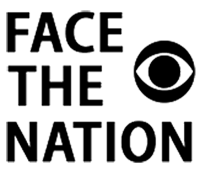 In 1968, Clark convened a panel of experts – which did not include any of the doctors who had performed the original examinations – to review what was extant of the photos and x-rays. In early 1969, just a few days before he left office and on the eve of the trial, Clark announced that this panel had endorsed the findings of the Warren Report. The panel released its findings, but none of the original evidence on which it was based. And when Garrison again requested the autopsy materials, he was turned down by Clark’s Justice Department.
In 1968, Clark convened a panel of experts – which did not include any of the doctors who had performed the original examinations – to review what was extant of the photos and x-rays. In early 1969, just a few days before he left office and on the eve of the trial, Clark announced that this panel had endorsed the findings of the Warren Report. The panel released its findings, but none of the original evidence on which it was based. And when Garrison again requested the autopsy materials, he was turned down by Clark’s Justice Department.
The Clark Panel argued that Kennedy was struck by two bullets fired from above and behind him, one of which traversed the base of the neck on the right side without striking bone and the other of which entered the skull from behind and destroyed its upper right side.
Ramsey Clark was also the subject of criticism a year later when he announced that there was “no sign of conspiracy” in the assassination of Martin Luther King, several weeks before James Earl Ray, the alleged assassin, had been arrested. Ramsey Clark later admitted he suspended Cartha DeLoach from his position as FBI liaison, as a result of his behavior over the arrest of James Earl Ray.
On 25th January, 1969, Ramsey Clark’s final day as Attorney General, he ordered the Justice Department to withhold from Jim Garrison, the X-Rays and photographs from the autopsy of John F. Kennedy.
___
(Source: http://educationforum.ipbhost.com/topic/ramsey-clark-garrison-death-of-jfk)
THE CBS RADIO NETWORK. 53 YEARS AGO
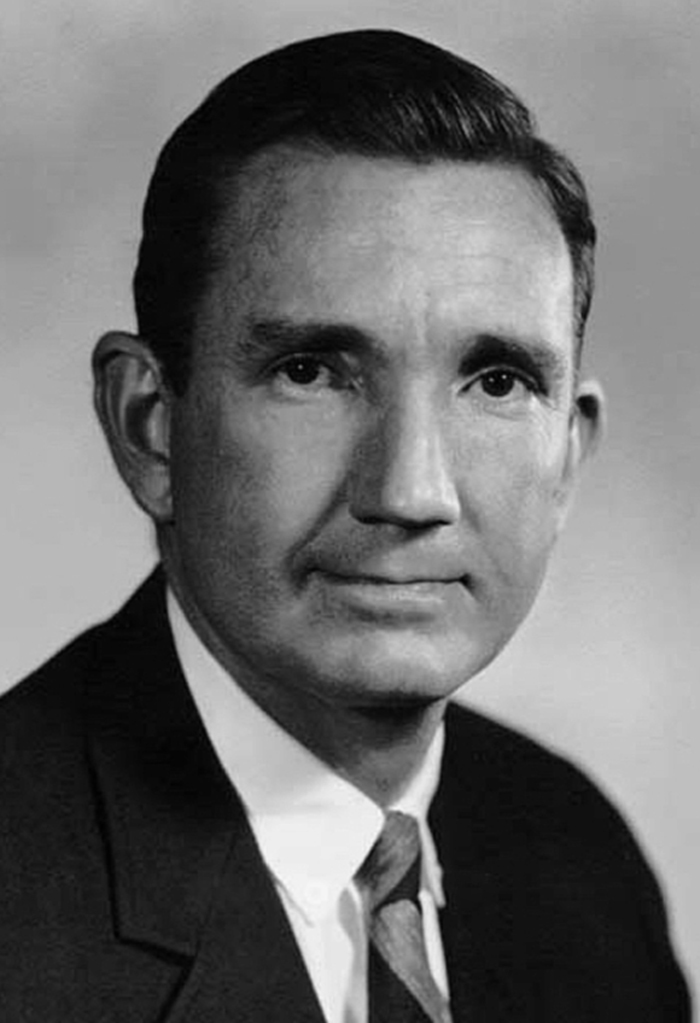
—ACKNOWLEDGEMENT—
The above presented CBS Radio recording is courtesy of (the outstanding) pastdaily.com website and its site’s curator, Gorden Skene.
(Please see Past Daily link in this site’s blogroll)
![]()
